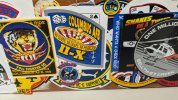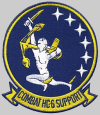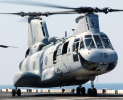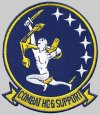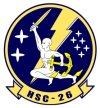More musings, and not meant to be for or against anything specific...
Something that I saw in Las Cruces with the Corpus studs was that they weren't trained to HAPL/LAPL to a spot, so if they were sloppy with procedures or airwork and they missed, studs would just say, "okay, now I'm going to that area over there..." Depending on where you fly, that may not be a survivable technique. The counter argument is that these guys were never going to solo this plane again, and southern NM is so forgiving with flat areas, it probably didn't really matter much.
For an aviator that is in a different situation and may have to xAPL to a field or runway, being able to pick and then fly to your area seems like a smart thing to practice, and as you said, Chuck, using the ELP helps with that. Add in the drag of a constant speed prop, and it's even more important to learn that ELP for your aircraft. The slip can only fix so much, and only when you're high.
That's why I asked, Chuck. And maybe it's a difference of having more experienced aviators that the AF doesn't worry about "to a spot" because of course you're trying to get to a spot...how else would you do it?
We do 4 SFL profiles - and none are to a specific spot
Something that I saw in Las Cruces with the Corpus studs was that they weren't trained to HAPL/LAPL to a spot, so if they were sloppy with procedures or airwork and they missed, studs would just say, "okay, now I'm going to that area over there..." Depending on where you fly, that may not be a survivable technique. The counter argument is that these guys were never going to solo this plane again, and southern NM is so forgiving with flat areas, it probably didn't really matter much.
For an aviator that is in a different situation and may have to xAPL to a field or runway, being able to pick and then fly to your area seems like a smart thing to practice, and as you said, Chuck, using the ELP helps with that. Add in the drag of a constant speed prop, and it's even more important to learn that ELP for your aircraft. The slip can only fix so much, and only when you're high.
That's why I asked, Chuck. And maybe it's a difference of having more experienced aviators that the AF doesn't worry about "to a spot" because of course you're trying to get to a spot...how else would you do it?


